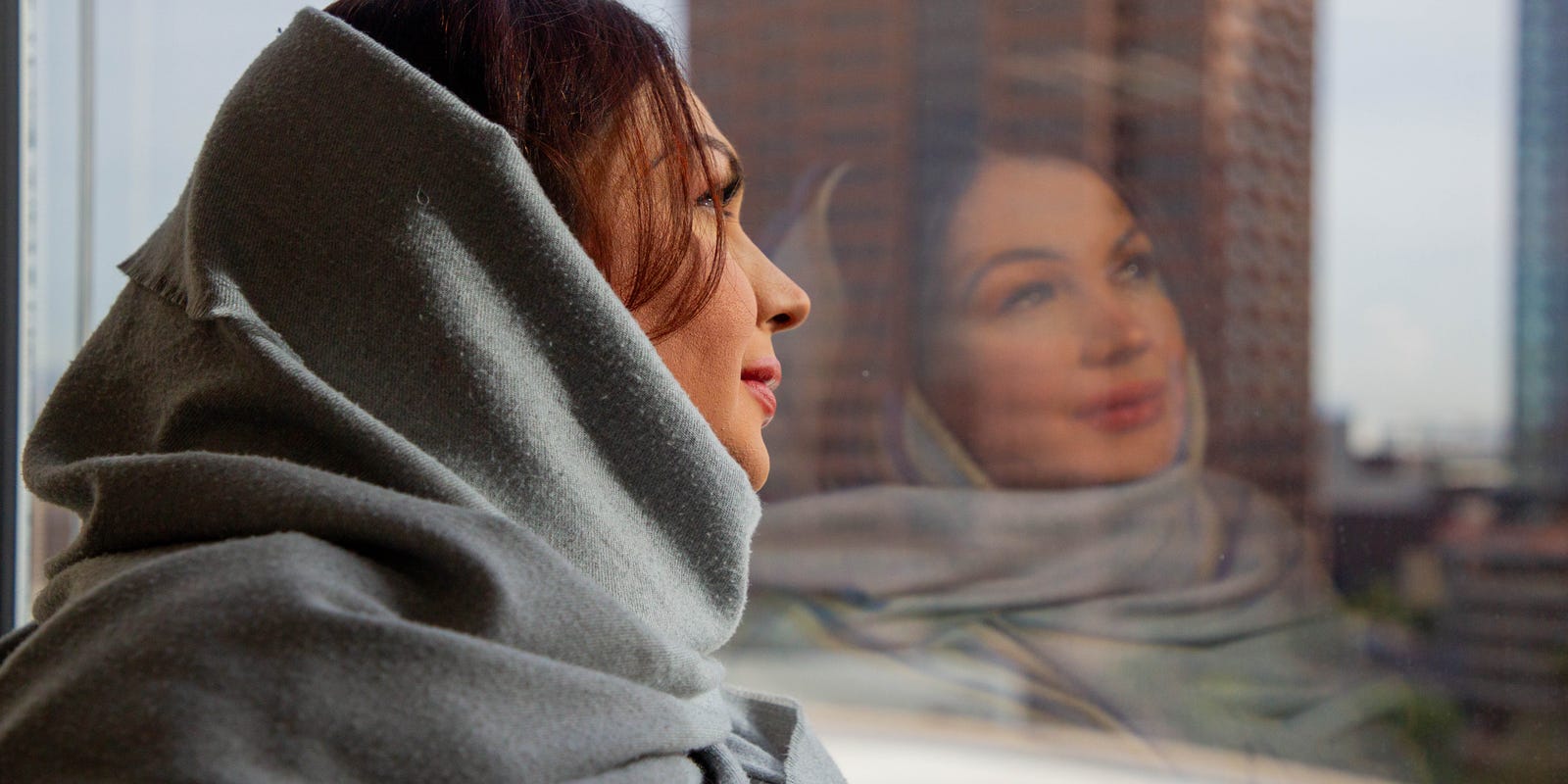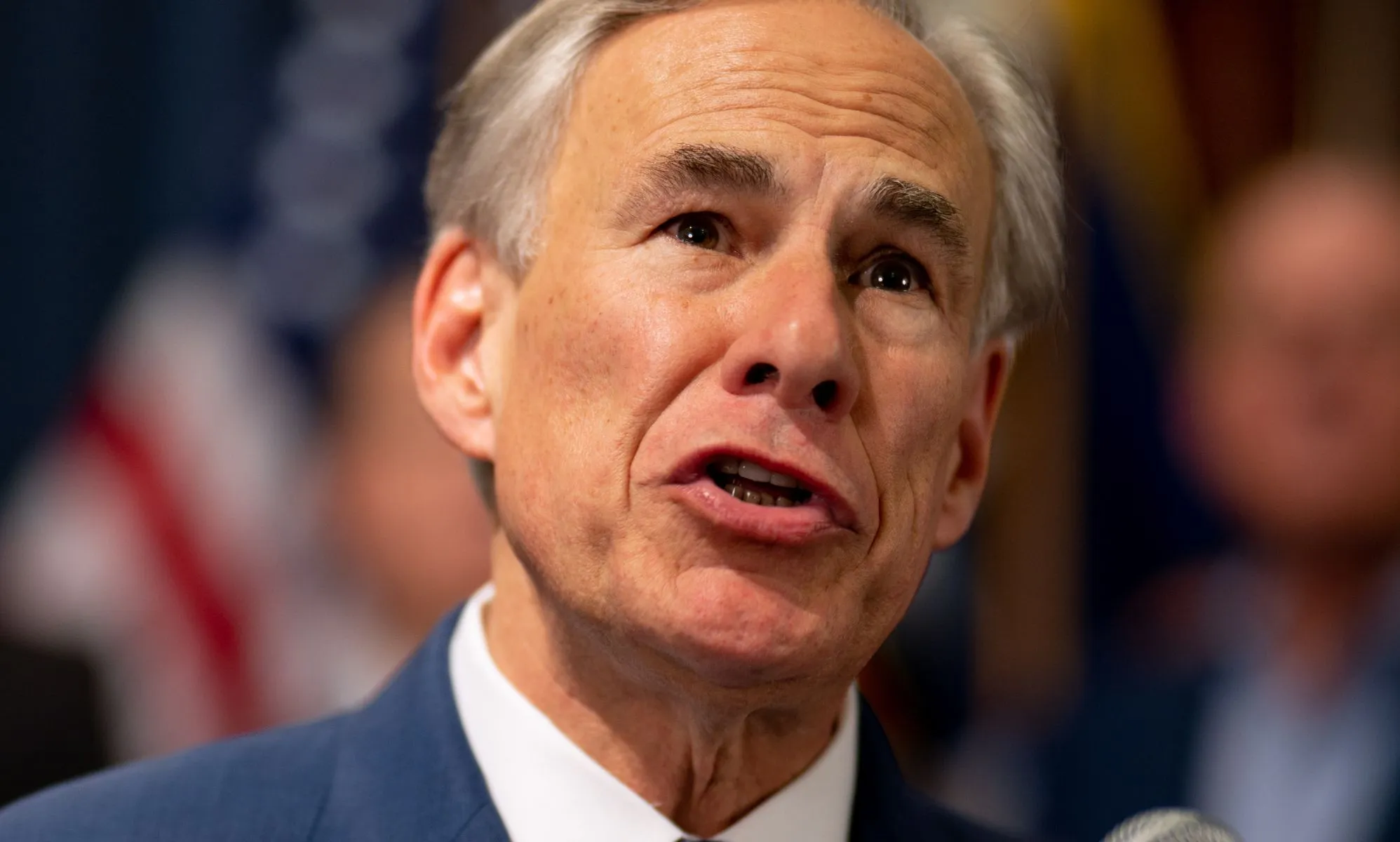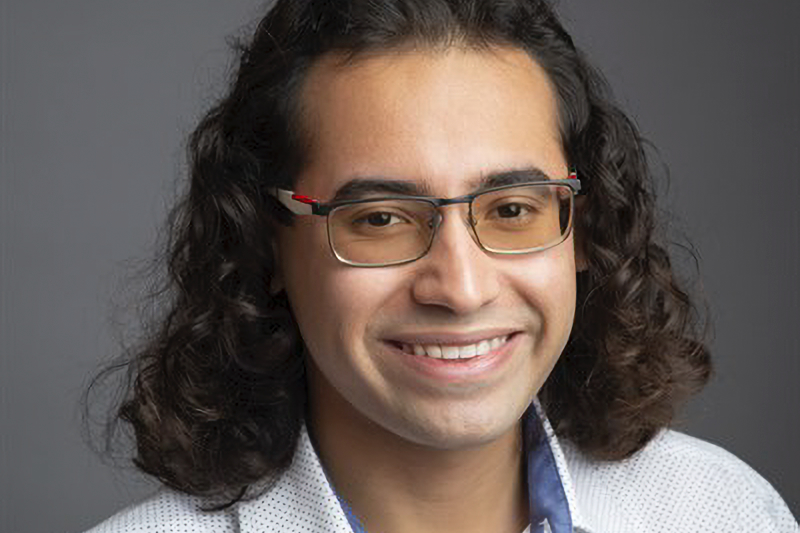

Early childhood held two prevailing truths for Victoria LaFayette: She was a girl regardless of the sex she was assigned at birth, and she was loved unconditionally by Our Lady of Guadalupe.
While living in the city of Colima in western Mexico, LaFayette was expelled from a private Catholic preschool for repeatedly using the girls restroom. The anti-LGBTQ+ views expressed in the parochial schools she attended as a child left the now-43-year-old Phoenix drag queen and transgender woman with an indelible distrust in Catholic doctrine.
“You feel conflicted” when clergy, who tell you they “are about love,” also tell you your feelings are “an abomination,” LaFayette told The Arizona Republic. She added, the Virgin of Guadalupe “is like a mamá. She will always care for you.”
Tuesday, Dec. 12, marks La Virgen’s feast day. The Catholic faith tradition tells of four apparitions by Our Lady of Guadalupe on Tepeyac Hill, situated on the outskirts of what is now Mexico City.
The Republic spoke with LaFayette and three other trans Latinas in Arizona who, despite feeling most Catholic churches do not welcome them, still live out their faith through the veneration of La Virgen de Guadalupe.
They are further left without sanctuary in a state where multiple legislative proposals in the last year sought to further marginalize the transgender community. Additionally distressing is the high rate of victims of violent deaths who are transgender women of color.
These four testimonials come as Pope Francis, the head of the Roman Catholic Church, has recently made inroads with the transgender faithful community, even while U.S. bishops earlier this year pushed against gender transition.
Pushback on LGBTQ+ expression
Necklace charms bearing the image of Our Lady of Guadalupe adorned LaFayette as a child, and celebrating her feast day every year on Dec. 12 was custom.
A story familiar to LaFayette and other believers is how La Virgen’s first three apparitions to Juan Diego, an Indigenous person, were met with doubt by a Spanish-born bishop. After a fourth and final apparition, her messenger opened his tilma, or cloak, and presented the clergyman with roses blooming out of season. The flowers revealed the miraculously imprinted image of a young, dark-haired, brown-skinned female looking down, hands clasped.
La Virgen is credited with several million Indigenous people converting to Catholicism in what is now Mexico. She is the country’s patron saint and is regarded as patroness of the Americas.
Taking up residence in the ’90s with her two aunts in the Valley helped LaFayette continue honoring La Virgen. LaFayette’s aunts throw a fiesta on the feast day of Our Lady of Guadalupe. Prayers accompany tamale-making in her honor.
Through life with her aunts, LaFayette said she found herself and began performing in drag 20 years ago. She works under the stage name Diamond Dallas and was crowned Miss Phoenix Pride in 2010.

Arizona state senators in their last session targeted publicly funded drag art through Senate Bill 1026, part of a barrage of legislation aimed at pushing back on LGBTQ+ expression.
The same session saw the approval of SB 1040, which would have limited trans individuals from using restrooms corresponding to their gender identity. SB 1001 would have kept school officials from using a trans student’s preferred pronouns without parental permission.
Gov. Katie Hobbs vetoed the bills.
Persevering through the threat of violence
Anti-trans legislation and other hostilities that push back on “acceptance” motivated Reni Celayn to find refuge in her Phoenix community.
Celayn showcases her Mexican American roots in her Phoenix home with a Day of the Dead altar, replete with calaveras, or sugar skulls, and adorned with photos of her late parents and grandmother. Affixed to the wall, a portrait of Our Lady of Guadalupe protectively casts her gaze.
The 58-year-old struggled without housing for a long period, but since arriving in Phoenix has flourished into the trans woman she knew she would be since before coming out at the age of 14.
Celayn, like many other members of the transgender community, shared that she endures invasive stares and fears the threat of violence.
“You never know when you’ll be walking down the street and somebody might do something to you because of what they see you as,” Celayn said.
Between Nov. 21, 2022, and Nov. 20, there were 33 transgender or gender-nonconforming people killed in the U.S., according to a report by LGBTQ+ advocacy group the Human Rights Campaign. Caelee Love-Light, a 27-year-old trans Latina gunned down on Dec. 17, 2022, in Phoenix, is on this list.
The report found 85% of victims were people of color, and 83% were transgender women.
An electronic candle with La Virgen’s image that Celayn owns flickered on one night, even though the batteries had not been changed in years, she mentioned. Thinking of those she has lost due to the violence her community often faces, she said, “Somebody is there.”
A separation of church and belief
The image of La Virgen has drawn Alexa Vela in through the years, stirring in her melancholy she has tied to pre-winter nights from her youth in east Mexico’s coastal state of Veracruz. Vela and friends would light fireworks to mark the end of the saint’s novena, or the nine consecutive days of devotionals.
The 48-year-old Apache Junction resident moved to Arizona in December 1999 but still remembers her family home’s altar being populated by santitos, or small saint icons.
Atop the display stood, “like the queen,” a statue of Our Lady of Guadalupe, she said. “I don’t believe in idols, but I do believe in La Virgen de Guadalupe.”
Vela said she endured a “very difficult path” as a young trans girl. Vela enjoyed her mother’s support but was rejected by her father and brother. She rarely goes to church because she feels discriminated against.
The treatment of congregants who are Catholic tends to depend on the parish, according to a resource guide from the Human Rights Campaign. A document signed in October by Pope Francis was a stride for greater trans Catholic inclusivity.
The pontiff proclaimed transgender people could be baptized or be godparents with the condition of there being “no situations in which there is a risk of generating a public scandal or confusion among the faithful.” This differed strikingly from Catholic bishops in the U.S. who in late March released guidelines instructing Catholic hospitals to deny gender-affirming care.
The Catholic Church’s World Day of the Poor on Nov. 19 brought with it a gesture of acceptance during Sunday dinner in the small town of Torvaianica, Italy, south of Rome. A number of trans women, most of them migrants from Latin America, were among the more than 1,000 people whom Pope Francis invited to break bread with him.
According to María Del Socorro Castañeda, author of the 2018 book “Our Lady of Everyday Life: La Virgen de Guadalupe and the Catholic Imagination of Mexican Women in America,” the story of la Virgen’s apparition to Juan Diego, a Nahuatl person, represents the perseverance of marginalized peoples and should be a call to the Roman Catholic Church to be more inclusive of transgender folks.
Castañeda, a cisgender woman, told The Republic that the Nahautl people’s “dignity was stripped away” by the colonizing Spanish who doubted their humanity and whether they possessed a soul. This, Castañeda argued, is similar to what trans women experience today.
La Virgen “never told Juan Diego, ‘Be somebody else or be more like them,'” Castañeda said. “Each time, she was affirming Juan Diego for who he was.”
Our Lady of Guadalupe, Castañeda said, is “telling this beautiful group of women” to be themselves.
Embracing herself in a similar unapologetic fashion, Vela is at peace worshipping on her own.
“To believe and love God, you do not need to go to church,” Vela said.
Swept up by the lore
The director and co-founder of the LGBTQ+ migrant rights advocacy nonprofit Mariposas Sin Fronteras, Karolina López, is a believer in Our Lady of Guadalupe. Until the fall of 2022, nearly 25 years had passed since the 41-year-old trans woman had last visited a house of worship.
A Catholic layperson verbally accosted her when she was 10 in her native coastal town of Acapulco, Mexico, and López knew her parents would be of no help. Her dad regularly beat her for embracing her femininity, and her mom would often denigrate gender-nonconforming people as sinners.
She fled her hometown at 12, which was also when she began identifying as a trans female. She eventually made it to Arizona as a young teen and resides in Tucson.
López said she knows of how other trans women have been met with judgment by “cruel” priests and parishioners at churches they braved to attend, adding, “We are also God’s children.”
It took two decades, however, for her to fully embrace the miracle of La Virgen.
During an October 2022 trip to Mexico City, López made her way to the Basilica of Our Lady of Guadalupe. There, López set her sight on Juan Diego’s framed tilma hanging on a wall of gilded panels and above a large, unfurled Mexican flag. She looked upon the figure draped in a pink robe and a gold star-emblazoned cerulean mantle emanating sun rays.
López found herself swept up by La Virgen’s lore, the miracles attributed to her and all the hundreds of believers gathered.
“It’s a shuddering sensation that really makes you, well, it made me cry,” she said.
Reach breaking news reporter Jose R. Gonzalez at [email protected] or on X, formerly Twitter: @jrgzztx.




